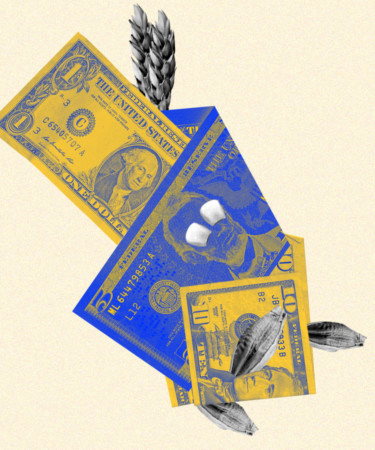All September on VinePair, we’re turning our focus to America’s spirit: bourbon. For our third annual Bourbon Month, we’re exploring the industry legends and innovators, our favorite craft distilleries, new bottles we love, and more.
A mash bill is the mix of grains that are cooked in very hot water to create a sugary solution that is boiled, cooled, and fermented to make whiskey. The mash is necessary to convert starches to sugars, because we need sugar to make alcohol. The type and percentage of grains used depends on the style of spirit being produced.
When it comes to bourbon, the three grains are always at least 51 percent corn, along with a percentage of malted barley, and then either wheat or rye. Corn is what lends the majority of a bourbon’s perceived sweetness, and indeed what makes it bourbon. Barley is there for its ability to convert starches to sugars. Wheat and rye are the flavor grains, with rye bringing spice and wheat providing more sweetness.
The latter two grains, wheat and rye, are what set mash bills apart: Many Bourbon collectors prefer one of these flavoring grains to the other, and tend to buy bourbons made with that grain in the mash bill.
